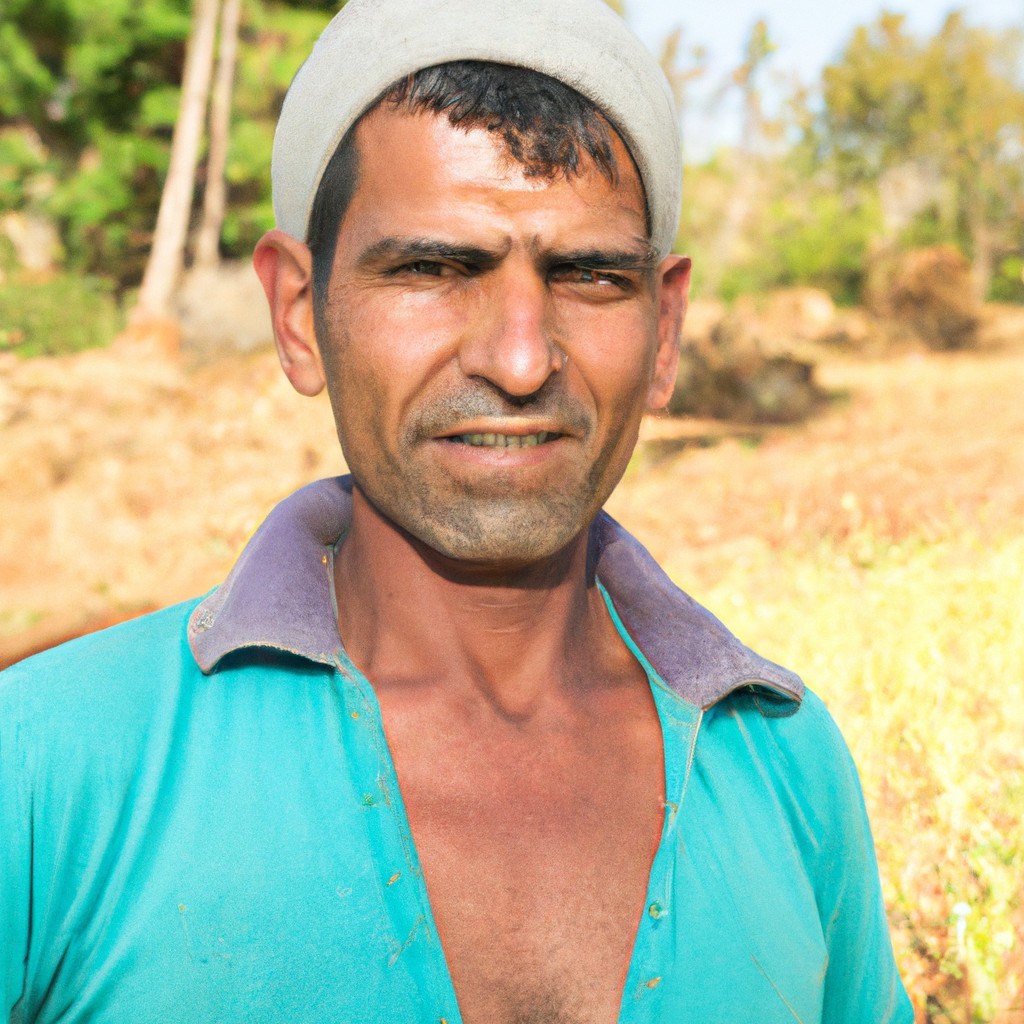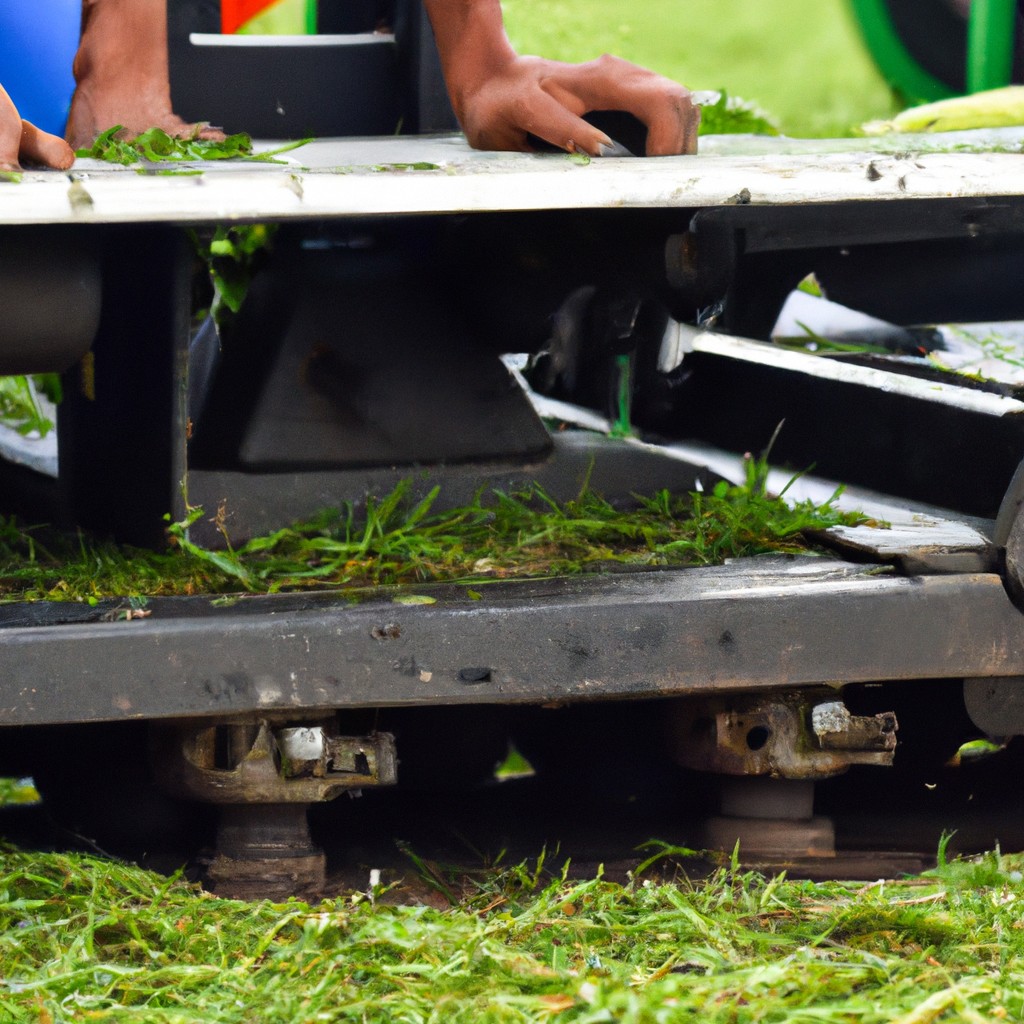Explore the intricacies of designing a self-sustaining farm layout, an approach that fosters biodiversity, boosts soil fertility and promotes year-round food production.
Designing a self-sustaining farm layout requires careful planning and a deep understanding of the principles of regenerative agriculture. The goal is to create a system where crops, livestock, and the natural environment work in harmony, reducing the need for external inputs.
This article will guide you through the key elements of a self-sustaining farm layout, from crop rotation and companion planting to integrating livestock and managing water resources efficiently. Whether you’re starting from scratch or transitioning an existing farm, you’ll find practical advice and detailed strategies to help you achieve a productive, sustainable farming system.
Key takeaways:
- Self-sustaining farm layout principles: diversity, resource efficiency, and working with nature.
- Designing a ¼ acre self-sustaining farm: zoning, vertical farming, composting, and small livestock.
- Planning a ½-1 acre self-sustaining farm: symbiotic relationships, trellising, and water management.
- Organizing a 2-3 acre self-sustaining farm: cluster planting, poultry and beekeeping, and perennial crops.
- Implementing permaculture in a self-sustaining farm: care for the earth, natural systems, and water management.
Look Inside:
Self-Sustaining Farm Layout Principles

Regenerative agriculture is the cornerstone of any self-sustaining farm, emphasizing the importance of soil health, biodiversity, and ecosystem resilience. A vital principle at play here is diversity. A variety of crops and livestock can enhance soil fertility, boost pest resistance, and ensure consistent yields despite changing weather conditions.
Another key principle is the efficient use of resources. In a self-sustaining farm, waste is not waste; it’s a resource. Organic crop residues and animal manure feed the soil, contributing to a nutrient-rich, fertile environment where plants thrive. Water management, too, is crucial. Rainwater harvesting, drip irrigation, and mulching can substantially cut water use and help maintain soil moisture.
Lastly, a self-sustaining farm layout respects nature’s patterns and utilizes them to its advantage, matching the farming activities to the natural rhythm of the seasons and the specific characteristics of the local ecosystem. This reduces the need for energy-intensive inputs and creates a farming system that is both productive and sustainable.
Designing a ¼ Acre Self-Sustaining Farm
Intelligent planning makes it possible to cultivate a quarter-acre plot efficiently. Start by mapping out the available area, segmenting it into separate zones based on their sunlight exposure, soil type, and elevation. This allows for effective placement of various crops, maximizing productivity.
In a small-scale farm, vertical farming techniques can be a game-changer. Using trellises or other climbing structures lets you grow upwards, considerably increasing the variety and amount of produce that can be grown.
Perennial crops should be a focal point, as they require less work and provide food year after year. Suitable choices include asparagus, berries, and some types of beans.
Consider incorporating small livestock into the farm, such as chickens for egg production or bees for honey and pollination.
Lastly, don’t forget about compost. A compost bin can turn kitchen scraps into nutrient-rich soil, completing the cycle of sustainability. It’s a simple and effective method of waste reduction that simultaneously improves soil fertility.
Planning a ½-1 Acre Self-Sustaining Farm
Careful selection and arrangement of crops, poultry, and livestock are paramount in planning a ½-1 acre farm, especially in responding to the shift towards regenerative agriculture. Harnessing symbiotic relationships between plant and animal species enhances nutrient cycling and soil health.
For instance, plotting vegetable gardens near poultry enclosures can improve soil fertility by utilizing hens’ manure as organic compost. Similarly, including legume crops helps in nitrogen fixation, reducing chemical fertilizer use.
Think multidirectional, not linear, in terms of space planning. Trellis suitable crops, enabling vertical growth to maximize production. Companion planting, where compatible plant species share space, boosts pest control and pollination rates.
Rainwater harvesting mechanisms are crucial to manage water resources. Roof catchment systems and pond creation can be instrumental in maintaining a healthy farm ecosystem. Lastly, integrating renewable energy sources, like solar panels or wind turbines, can cater to the farm’s energy demands, thus completing the self-sustaining loop.
Organizing a 2-3 Acre Self-Sustaining Farm
With a 2-3 acre plot, you have ample space for diversifying crops and integrating livestock, which is vital for self-sufficiency. Implement a cluster planting strategy, grouping crops together based on their mutual benefits and growth cycles. This will improve soil fertility and pest control while maximizing yield.
In one corner, establish a poultry run. Chickens are low-maintenance livestock that provide fresh eggs, natural pest control, and valuable manure for compost. Nearby, designate an area for honey bees; not only will they provide honey and wax, but they will also enhance plant pollination.
The remaining space can be utilized for growing a variety of crops and for rotational grazing. By shifting animals such as sheep or cows across pastures, you are utilizing their natural behavior to fertilize the land, whilst preventing overgrazing.
Remember to dedicate part of your land to perennial plants like fruit trees and bushes. While they take several years to start producing, they provide a high yield with minimal maintenance once established.
Lastly, consider installing rainwater collection systems and compost bins. This will further reduce reliance on external resources, making your farm more sustainable and cost-effective.
Understanding the Micro Self-Sustaining Farm Layout
A micro farm layout focuses on minimal land usage while maximizing productivity. Central to achieving this is the efficient use of space through techniques such as vertical farming and the use of hanging baskets.
Intercropping can also be utilized, where different crops are grown in proximity for mutual benefit. Foods with short growth cycles such as salad greens, radishes, and herbs are preferred for their quick turnover and space efficiency.
Populating the farm with small livestock like chickens or ducks can provide a constant supply of eggs, meat, and manure for fertilizer, completing the system’s circular nature. All this should be achieved while striving for diversified plantings to attract beneficial insects and aid in natural pest control, thus maintaining a resilient farm ecosystem.
Implementing Permaculture in a Self-Sustaining Farm
The application of permaculture principles paves the way for a natural, self-sustaining ecosystem on the farm. Three core tenets – care for the earth, care for the people, and fair share – guide this design process.
Key strategies include planting perennial crops to minimize soil disturbance, designing systems to mimic natural ecosystems, and using renewable resources and services.
The aim is to develop mutually beneficial relationships between plants, animals, and humans. For instance, integrating chickens into the framework could control pests naturally, provide eggs for consumption, and contribute to soil fertility through manure.
Water resources are managed in a way to harvest, store, and distribute it efficiently, ensuring minimal waste and maximum productivity. This sustainable agricultural practice advocates for the conscious design and maintenance of agriculturally productive ecosystems which have the diversity, stability, and resilience of natural ecosystems.
Detailed Overview of a 2-Acre Self-Sustaining Homestead
A 2-acre homestead presents a broad scope for diversification, facilitating the efficient use of land for sustainable practices. A key feature is the partitioning of space to cater to numerous farm activities.
Half an acre can be dedicated to a diverse kitchen garden, seeded with perennial and annual vegetables, herbs, and small fruits. Intersperse a variety of native flowering plants to attract beneficial insects and enhance biodiversity.
Another half-acre can serve as a thriving orchard and food forest featuring fruit trees, berry shrubs, and perennial herbs. Opt for a multilayered planting system to maximize space and ecological interactions. Allocate some space for beekeeping, enhancing pollination and providing a source of honey.
The remaining acre can be designated for pastured poultry and other small livestock, contributing to the food system through meat and eggs while enriching the soil with manure. Small barns or coops can be maintained in movable structures.
The role of water cannot be overemphasized in this setup. Building proper irrigation systems and including a pond not only provides water for crops and livestock but also creates a microclimate and habitat for aquatic and semi-aquatic organisms.
Even within a limited land area, the careful integration of diverse elements can result in a sustainable and productive 2-acre homestead with minimal inputs from outside.
Creating a Mini-Farm Layout for Family of 4
When designing a mini-farm layout for a family of four, start by identifying the produce needs and preferences of all family members. The available space should be optimally utilized to grow a variety of vegetables, fruits, and herbs that are consumed on a regular basis.
Consider incorporating a small livestock element, such as chicken or rabbit coops, for sustainable meat and egg production.
Efficient space management is key. Utilize vertical gardening techniques to maximize production in a limited area. Polycultures that grow together, like tomatoes, basil, and onions, can save space while enhancing soil nutrients and deterring pests.
Lastly, remember to include a composting area to recycle kitchen and garden waste into nutrient-rich compost. This important facet of the farm cycle will enrich the soil, enhancing productivity and sustainability.
FAQ
How big of a farm would you need to sustain yourself?
To sustain yourself, you would generally need at least 5 acres of land.
What does a self-sustaining farm look like?
A self-sustaining farm is a comprehensive system wherein all necessary resources, including meat and eggs from chickens, goat feed via homegrown hay, and a vast array of fruits, vegetables, and herbs, are produced in a balanced, interrelated manner.
What is a self-sustaining farm called?
A self-sustaining farm is often referred to as a homestead.
What are essential crops for a self-sufficient farm?
Essential crops for a self-sufficient farm typically include staples such as grains (like wheat, rice, or corn), legumes (like beans, peas, or lentils), vegetables (such as tomatoes, carrots, or lettuce), and fruits (like apples, oranges, or berries).
How can regenerative farming practices be implemented in a self-sustaining farm?
Regenerative farming practices can be implemented in a self-sustaining farm through the application of methods such as rotational grazing, intercropping, and organic waste composting to enrich soil health, enhance biodiversity, and reduce dependency on external resources.
What is the role of livestock in a self-sustaining farming model?
In a self-sustaining farming model, livestock play the vital role of producing organic fertilizer through their waste, providing protein sources, and managing pasture through grazing, thus creating a cyclical, renewable system.




